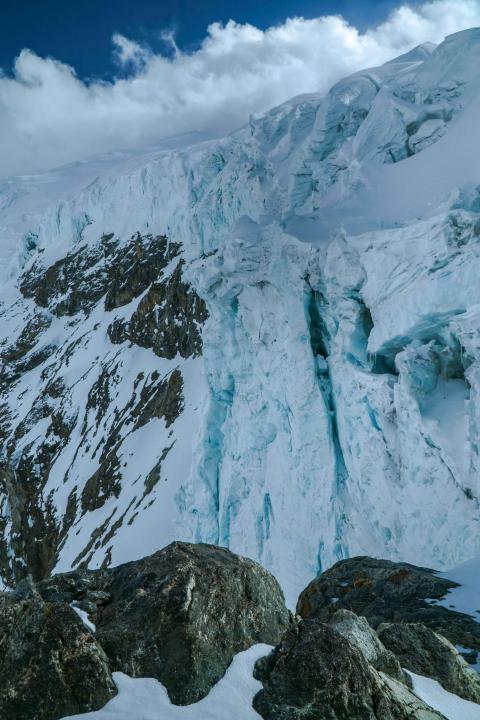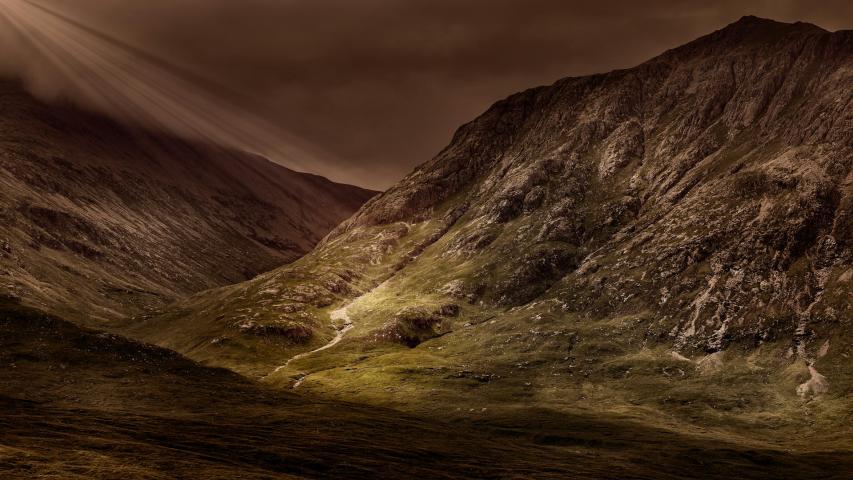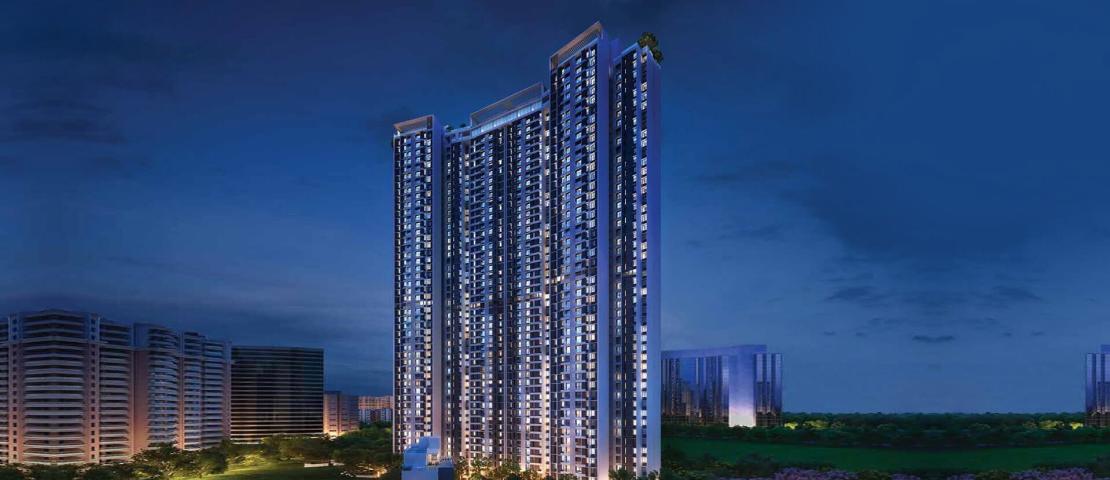At 6,476 meters (21,247 feet), Mera Peak stands as the highest permitted trekking peak in Nepal—a gateway to high-altitude adventure without requiring advanced mountaineering skills. Located in the remote Hinku Valley, this climb rewards adventurers with unparalleled views of five 8,000-meter giants: Everest, Lhotse, Cho Oyu, Makalu, and Kanchenjunga.
This guide covers everything prospective climbers need to know—from preparation and routes to challenges and summit day realities.
Why Choose Mera Peak?
Mera Peak is ideal for:
- First-time mountaineers seeking an introductory high-altitude climb
- Trekkers looking to push beyond standard routes like Everest Base Camp
- Photographers and nature lovers drawn to pristine Himalayan vistas
Unlike technical peaks, Mera requires only basic ice axe and crampon skills, making it accessible with proper training. The real tests are endurance and altitude adaptation.
Essential Itinerary Overview
Phase 1: Approach (Days 1–6)
- Lukla (2,860m) to Thangnak (4,300m): A scenic trek through rhododendron forests and Sherpa villages, gradually ascending to prepare for altitude.
Phase 2: Acclimatization & Training (Days 7–8)
- Khare (5,045m): Base camp where climbers learn glacier travel, self-arrest techniques, and rope skills.
Phase 3: Summit Push (Days 9–10)
- High Camp (5,780m) to Summit (6,476m): A pre-dawn start across the Mera La Glacier, culminating in sunrise views from the top.
Key Challenges
- Altitude Sickness
- Risks increase above 3,500m. Proper acclimatization (rest days, hydration) is critical.
- Weather Extremes
- Temperatures can drop below -20°C (-4°F) at high camp. Wind chill worsens exposure.
- Glacier Navigation
- Crevasses require careful route-finding; roped travel is standard.
- Physical Demand
- Summit day involves 8–12 hours of continuous exertion in thin air.
Preparation Tips
Fitness: Build endurance with weighted hikes (30+ lbs) and stair training.
Gear: Must-haves include insulated boots (-40°C rated), crampons, and a 4-season sleeping bag.
Guides: Recommended for logistics and safety. Solo attempts require proven experience.
Best Seasons: Spring (April–May) and autumn (October–November) offer stable conditions.
Final Thoughts
Mera Peak delivers a rare combination of accessibility and grandeur—a chance to stand atop a Himalayan giant with relatively modest technical demands. For those willing to embrace the physical and mental trials, the reward is an unforgettable panorama and the pride of a true high-altitude achievement.













